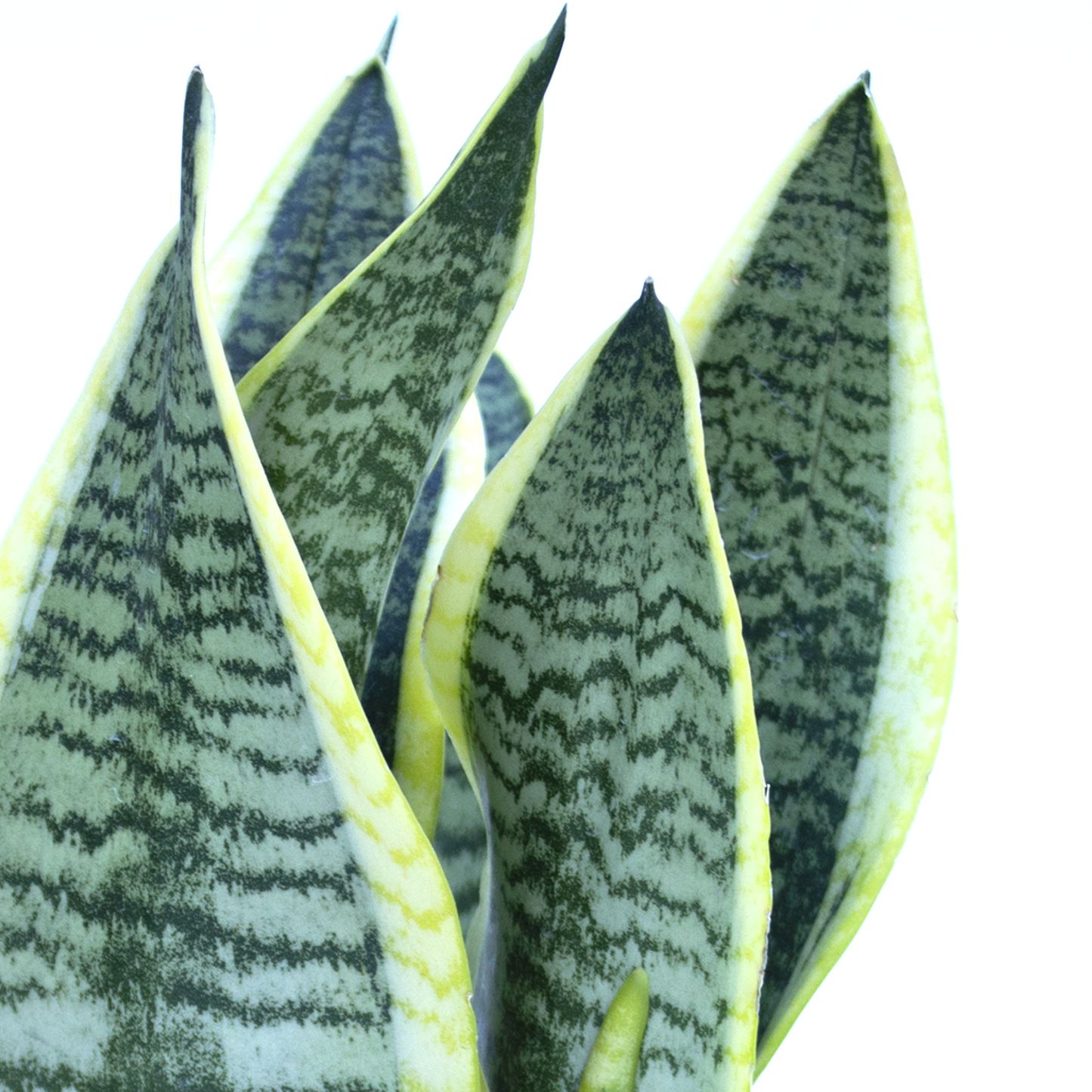cybloom
Sansevieria
Regular price
€4,90 EUR
Regular price
Sale price
€4,90 EUR
Unit price
per
Tax included.
Couldn't load pickup availability
Life Form: Grassy, Succulent
Family: Agavaceae
Origin: Kenya, Madagascar, Namibia, Angola
Ease of Cultivation: One of the easiest for growing and resistant plants, suitable for beginners.
The Size: Usually from 30 cm to 1.2 m
Growth: Approximately 2 or 3 sheets per year
Lifespan: Perennial
Temperature: He prefers winter and summer temperatures of 60,8-75,2 ° F. In winter, if the plant is not watered, it can withstand a minimum temperature of + 50 ° F and a short-term decrease, even for + 41 ° F
Humidity: Easily tolerates dry atmosphere
Lightning: Plants with variegated leaves prefer bright scattered light, only in bright light can abundant flowering. Sansevieria can easily tolerate direct sun
The Soil: For a mixture of own preparation, take: 1 part of sod land, 1 part of leaf land, 2 parts of coarse sand. Requires drainage of at least a third of the pot volume
Watering: The top layer of soil between watering in the summer should dry up to a great depth. Water 1 time in 7-14 days, in winter 1 time in 3-4 weeks. The plant is harmful excessive watering, especially the ingress of water into the center of the outlet
Fertilizer: During growth in the summer, once a month to feed liquid fertilizer for cacti
Reproduction: Multiply the rhizomes by dividing the lateral shoots. This is how you can keep the yellow border near the leaves. The plant is easily multiplied by parts of a leaf 5-8 cm long, which are slightly dried and planted vertically in the sand. In this case, the young plants will be completely green. You can try to keep the border if you make a wedge-shaped incision at the base of the sheet so that only the lateral areas of the sheet (with the border) touch the sand
Bloom: Blossom throughout the year, but more often in summer fragrant stellate flowers on a long peduncle
Features of Care: It is advisable to regularly wipe the leaves.
Difficulties: Affected spider mites, mealybugs, thrips. With excess moisture, the leaves fade, turn yellow, rot at the base and die. Dark spots on the leaves arise from lack of light, and yellow and brown spots can appear as a result of fungal diseases or from excessive watering. The leaves become pale from lack of light. The leaves sometimes curl when exposed to the mealybug. The edges of the leaves can be damaged by exposure to cold air from the window




